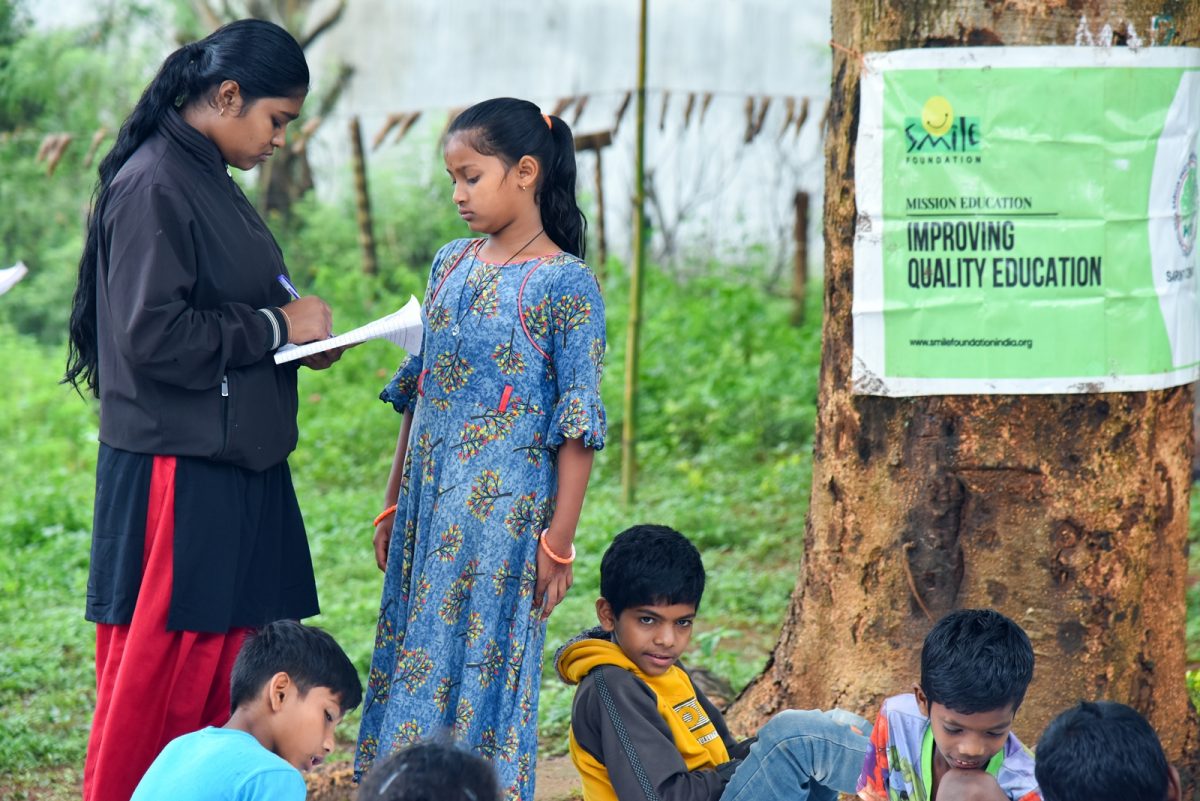Sustainable Development Goals are no longer an unknown term, and the world is aiming to achieve these 17 Sustainable Development Goals by 2030 for the welfare of every individual regardless of their socio-economic status. Adopted by the United Nations in 2015, the SDGs have become a well-recognised framework for global development. These goals, encompassing 17 objectives and 169 targets, are designed to ensure everyone can live with dignity.
They address a broad range of issues including poverty alleviation, quality education, gender equality, clean water and climate action, while also focusing on health, economic growth, sustainable cities, responsible consumption and justice.
Therefore, as we approach 2030, it is important to evaluate our progress toward achieving the SDGs and identify strategies to accelerate our efforts. The aim must be to fully realise these goals across India, ensuring that every individual benefits from each SDGs.
Separate or Combined Goals?
Each Sustainable Development Goal (SDG) is crafted to support and enhance the others, emphasising the strength of their interconnectedness. The first goal, “No Poverty,” sets the foundation for the remaining 16 goals, aiming to eradicate hunger, ensure access to quality education, healthcare, clean water and sanitation, and promote a healthier environment both on land and in water.
Additionally, the SDGs focus on providing underserved communities with equal financial opportunities and encourage nations to foster decent work and economic growth through industry development and technological innovation. The ultimate aim is to eliminate inequalities across all areas of life, ensuring that no one is left behind. This approach drives us toward an egalitarian world with sustainable communities that practise responsible resource management and support each other’s holistic development.
Collective Efforts for Sustainable Development Goals by 2030
Recently, during Charcha, India’s Largest Collaborative Convening held by The Nudge Institute, Mr Arun Maira, a former member of the Planning Commission of India, highlighted that to develop holistically, India needs to revisit its village development model by adopting the Sustainable Development Goals collectively and not just by focussing on particular themes, if we truly wish to achieve “Viksit Gaon, Viksit Bharat” in its truest essence.
To ensure that no one is left behind, Viksit Gaon and Viksit Bharat must support underserved communities in India through simultaneous and collective efforts in accessing and embracing quality education, healthcare, livelihood training, women’s empowerment and community building..
But how? These parameters can be a guiding light for all those involved in the realm of sustainable development-
- United Strategic Partnerships
Over the years, strategic partnerships between government initiatives and social stakeholders, including corporates and social development organisations, have consistently driven greater positive transformations than single entities acting alone. SDG 17 emphasises the crucial role of these collaborations, highlighting that achieving the SDGs and their interconnectedness requires collective efforts towards shared objectives.
- Financing (SDGs) Sustainable Development Goals
To keep the momentum of implementing the sustainable development goals, it is imperative that the state continues investing in mechanisms that help in equipping underserved communities with the benefits of the SDGs. By implementing new techniques and technologies such as Artificial Intelligence, the state and social stakeholders can collectively adopt newer ways of speeding up and achieving the sustainable development goals for all.
- Transparency with Technology
Advancing and spreading new technologies, alongside gathering high-quality, timely and reliable data, are crucial for implementing the SDGs. Enhancing access to technology and boosting capabilities for technological development are essential. It is also vital to utilise the most effective information technology tools and resources across sectors such as clean energy, health and information.
Smile & 17 Sustainable Development Goals by 2030
Before the globe committed towards Sustainable Development Goals, the approach was focussing only on Millenium Development Goals, with a focus only on developing countries. However, this approach had to be changed as collective development became more of the need of the hour rather than selective empowerment.
In this context, Smile Foundation is dedicated to supporting underserved communities in India through our LifeCycle Approach. This strategy ensures that disadvantaged children and their communities benefit from quality education, accessible and free healthcare, livelihood training for improved employment prospects and comprehensive women’s empowerment, including reproductive healthcare and financial independence. Additionally, we strengthen grassroots organisations to foster community development and break the cycle of generational economic stagnation.
Our LifeCycle approach has enabled us to empower underserved children and families across India, impacting over 1.5 million individuals in 2,000 villages across 25 states annually.
Our flagship programs, including Mission Education, align with the National Education Policy to enhance foundational language, numerical skills (FLN) and STEAM education, providing a strong base for children’s future success. In healthcare, Smile On Wheels (SOWs) offers comprehensive mobile medical services, including OPD facilities, diagnostic tests and free medications, while the Swabhiman programme focuses on maternal, menstrual and neonatal health.
Furthermore, initiatives like STeP and Swabhiman empower youth and women through vocational training, boosting employability and entrepreneurship. This holistic support approach drives economic independence and societal upliftment.
Dedicated to supporting government initiatives for underserved communities in India, Smile Foundation actively incorporates the 17 Sustainable Development Goals into our programmes through our comprehensive LifeCycle approach. We work strategically to address every SDG theme in collaboration with government and corporate partners. We focus on creating significant impacts, building resilience and advancing sustainable development and community strengthening nationwide, working towards the idea that no one is left behind.




